Learn how to increase your growing season during the spring and winter months with a cold frame.
This post contains affiliate links, which means I make a small commission at no extra cost to you. In any case, I only link to products we actually use on our homestead and that I believe can truly benefit to you. See my full disclosure here.
It’s that time of year again. Cooler temperatures are starting to set in. The leaves on the trees are getting ready to change color. And the harvest is just about complete — hallelujah! I’m ready to take a break from finding ways to preserve all of these tomatoes from our garden.
Here in Ohio, it is the perfect time to begin preparing a winter garden. A few weeks ago we started our seeds using some quality soil and a soil block maker. We planted several cold hardy types of lettuce plants as well as a couple of herbs. Once the seeds sprouted and became large enough to plant in the garden, we designated a spot for our winter garden and got the seedlings planted into the ground.
When the weather begins to consistently freeze, we will place our handmade cold frame over the plants to keep them warm throughout the cool winter months.
In our neck of the woods, frost sets in about mid October. Here is a great tool to determine the first and last frost dates for your location.
When To Start Your Winter Garden
The best time to start your seeds for your winter garden is in late summer, early fall. If you wait much longer, the rate of plant growth will be greatly reduced due to the lack of light during the daytime. For most areas, November 15 is the cut off date. If you don’t get your plants in the ground until mid fall, don’t worry, you will still have a winter garden but your plants will remain small until February rolls around, when the daylight has expanded and growth returns.
Best Cool Weather Crops
These plants tolerate frosts well, allowing them to grow throughout the fall and winter months.
- Beets
- Carrots
- Cilantro
- Claytonia
- Garlic
- Kale
- Lettuce (cold hard varieties such as winter lettuce)
- Some onion varieties (such as leeks or green onions)
- Parsley
- Radishes
- Spinach
- Swiss chard
- Tatsoi
Watch Video Tutorial
What Is a Cold Frame?
A cold frame is essentially a tiny greenhouse that allows you to increase your growing season. The structure is generally used to grow crops throughout the winter but it can also be a valuable asset for starting seeds in the early spring months.
Traditional cold frames are made of wood with an angled glass front that faces the south so that sunlight can pass through window, heating up the soil to keep the plants warm on cold winter days. As we head deeper into winter, we like to line the back of our cold frame with bricks. During the day the bricks capture solar energy and release it into the cold frame throughout the night.
How We Built a Cold Frame
If you live in a northern state like we do, a cold frame is an essential garden structure. There are a variety of ways to create a cold frame. It can be something as simple as a few hay bales and an old glass tabletop or PVC pipes and plastic sheeting.
Last year, my husband and father built a cold frame reminiscent of frames from the late 19th century. The cold frame plans and materials list can be found in the book Classic Garden Structures by Jan and Michael Gertley. Two cold frames were built, one 5 foot by 7 foot frame for my parents property — it was a beast! — and one smaller 3 foot by 4 foot frame for our property.
There are two large windows in the front that can sit on a dowel rod to allow for ventilation. The backside has a smaller opening, without windows, allowing you to easily access vegetables. Along the top of the frame is a ridge cap to help keep rain out. We painted the outside of the frame to increase the lifespan of the cold frame. We also decided to sit the frame on some boards instead of on the ground to help protect the lower frame boards.
Is Gardening in the Winter A Lot of Work?
After a long, bountiful summer garden, the thought of planting a winter garden sounds tedious. You may forego growing winter crops because you need a break. Winter is the season of rest after all. And I understand! Rest after this past years garden is very much welcome!
There is good news! Your normal garden work — weeding, fighting pests, fertilizing, etc. are practically nonexistent in a winter garden. All you need to do is plant and water until November and not again until spring when the ground begins to thaw. You can rest and still have delicious, nourishing food. Easy peasy!
Tips for Winter Garden Success
- Make sure your cold frame is south facing
- Adding a thermometer to the cold frame will help you determine if the structure needs to be vented
- On those particularly cold days in January, covering your cold frame with a layer of plastic adds an extra blanket of warmth
- To keep your cold frame free from snow, grab a snow brush that you would usually use for your car. Do not use a snow shovel as this could damage the glass in your cold frame.
- Winter is a great time to start planning your spring garden. Looking for ways to maximize your gardening space? Read this article.

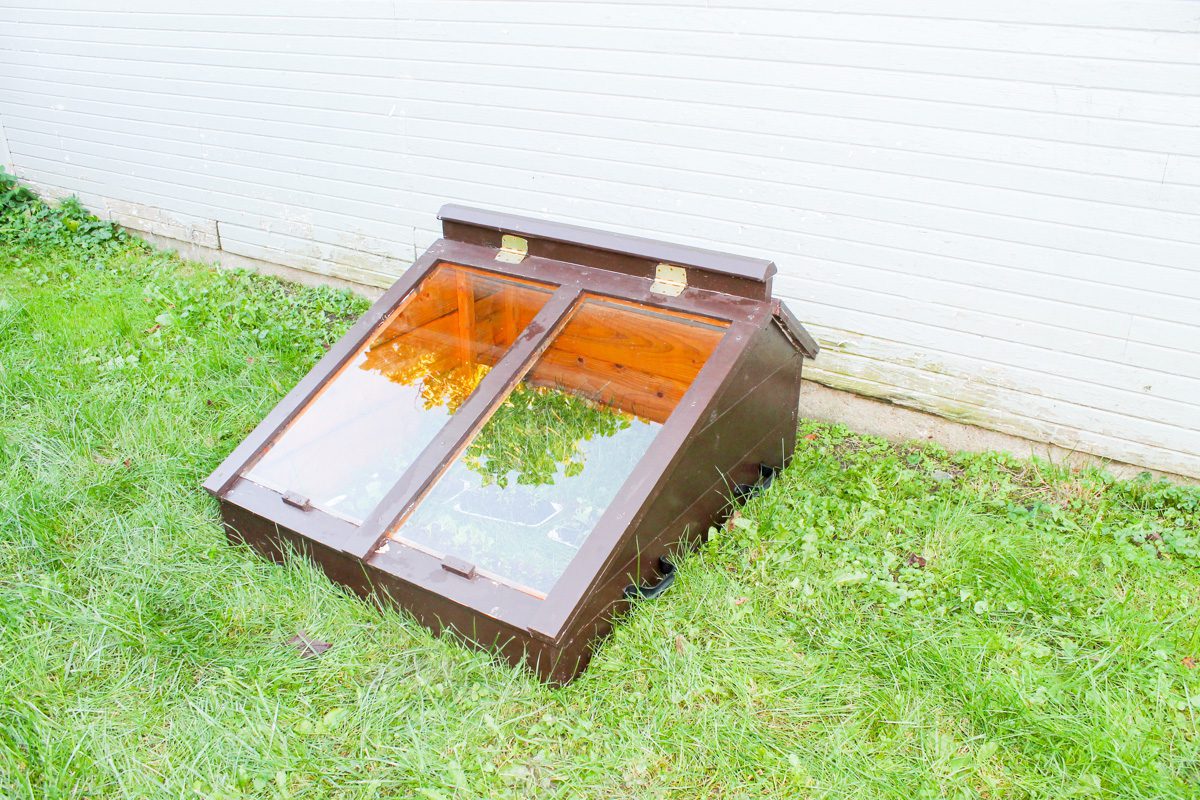
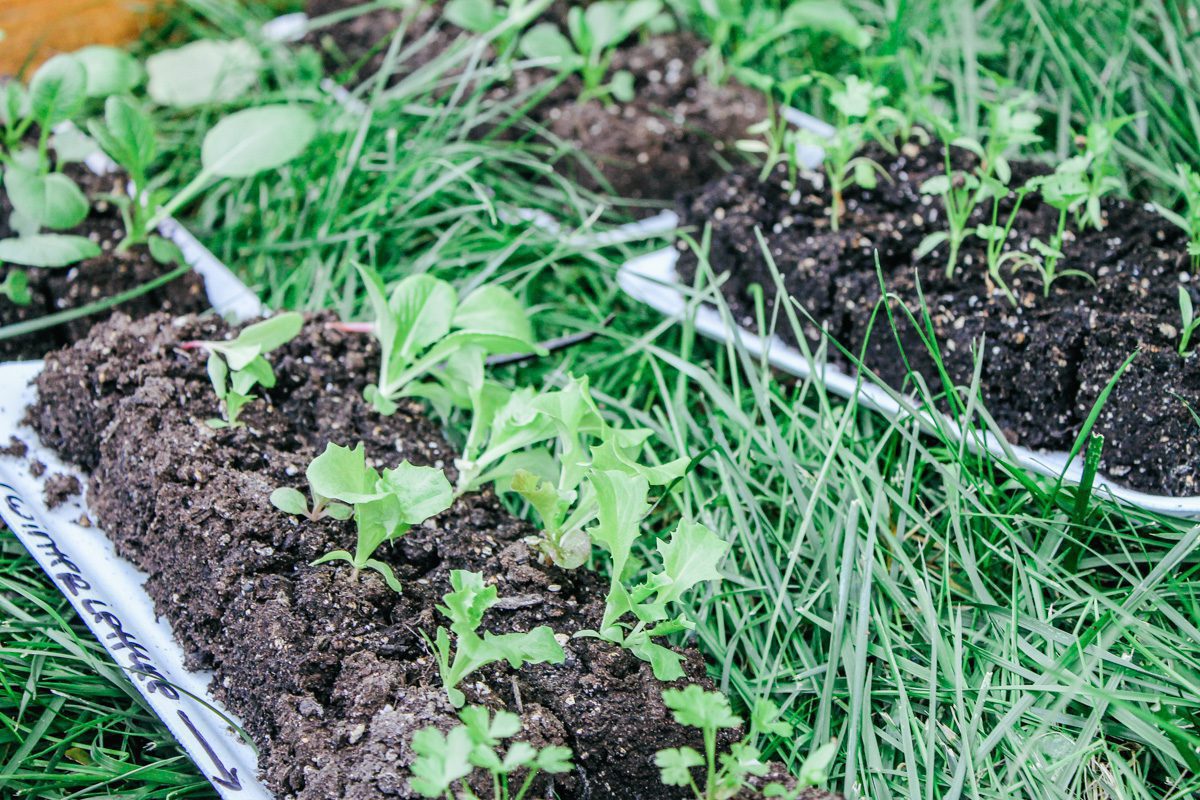
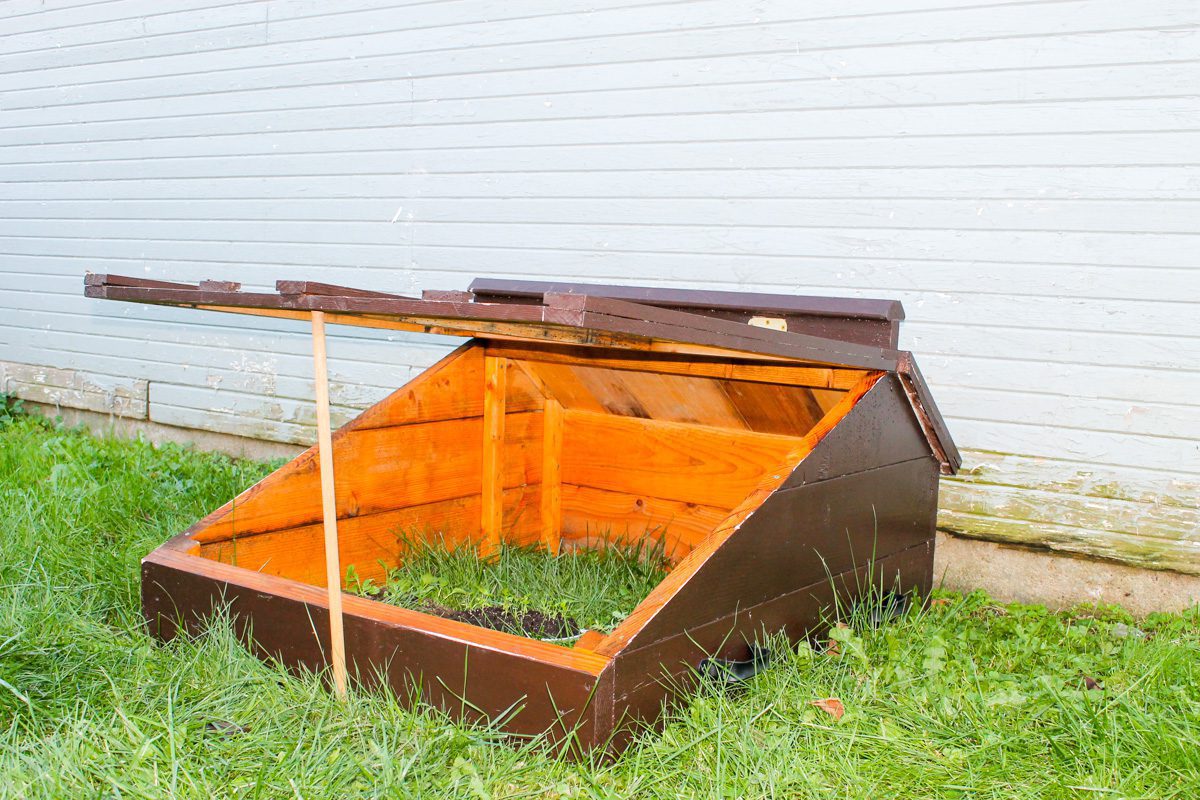
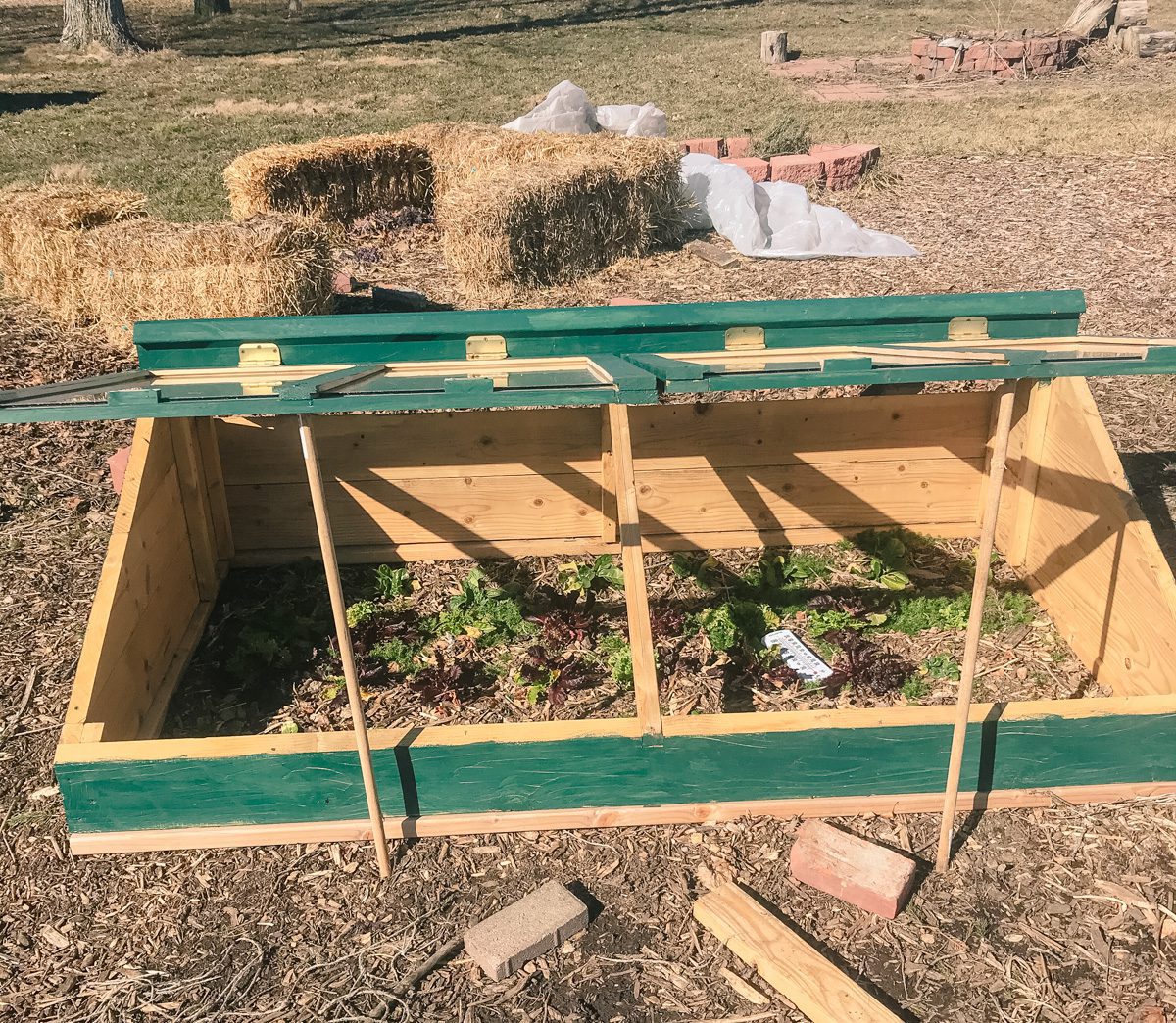
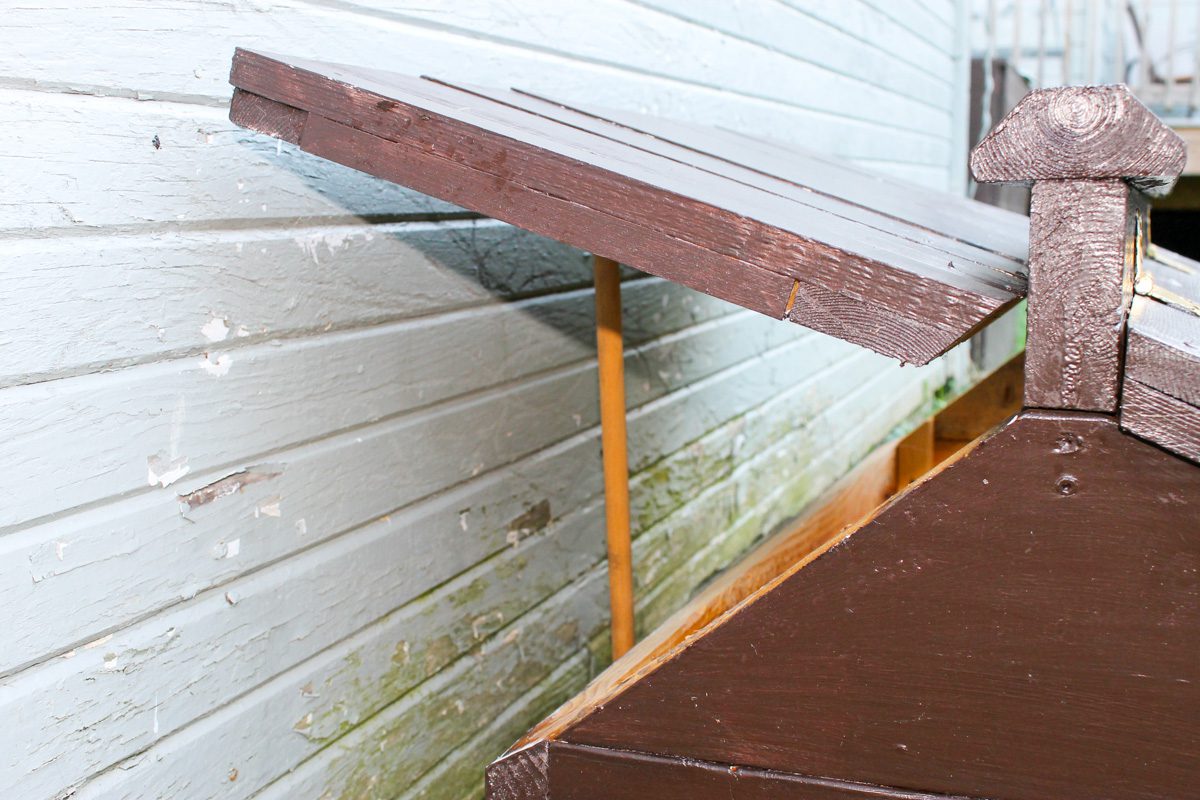
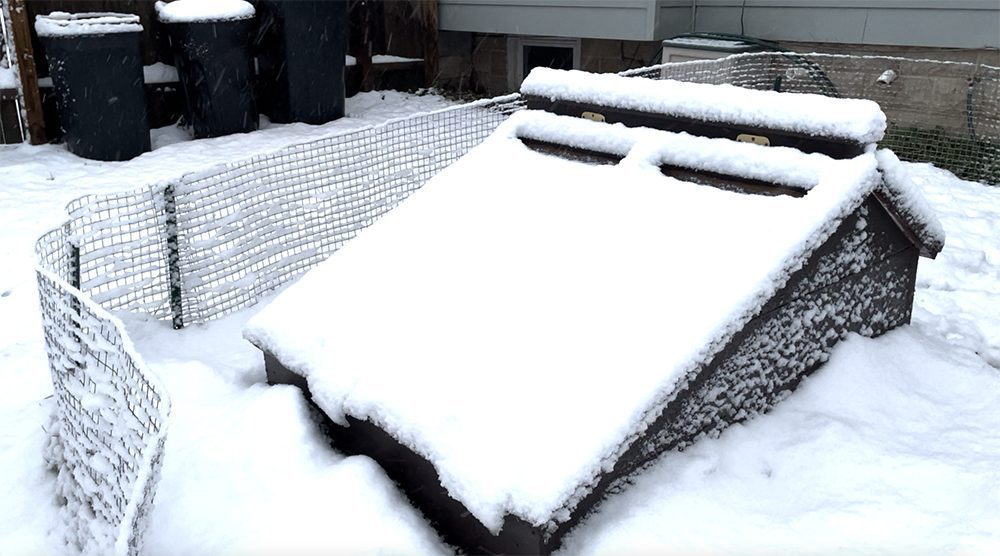
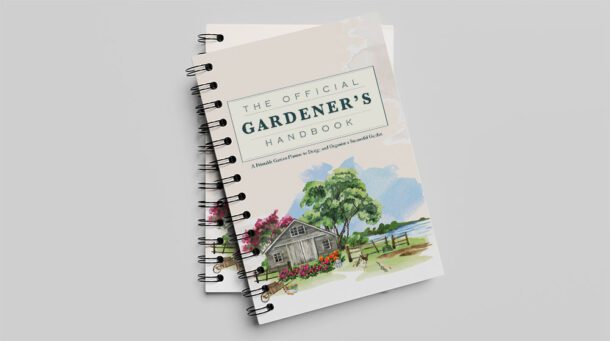
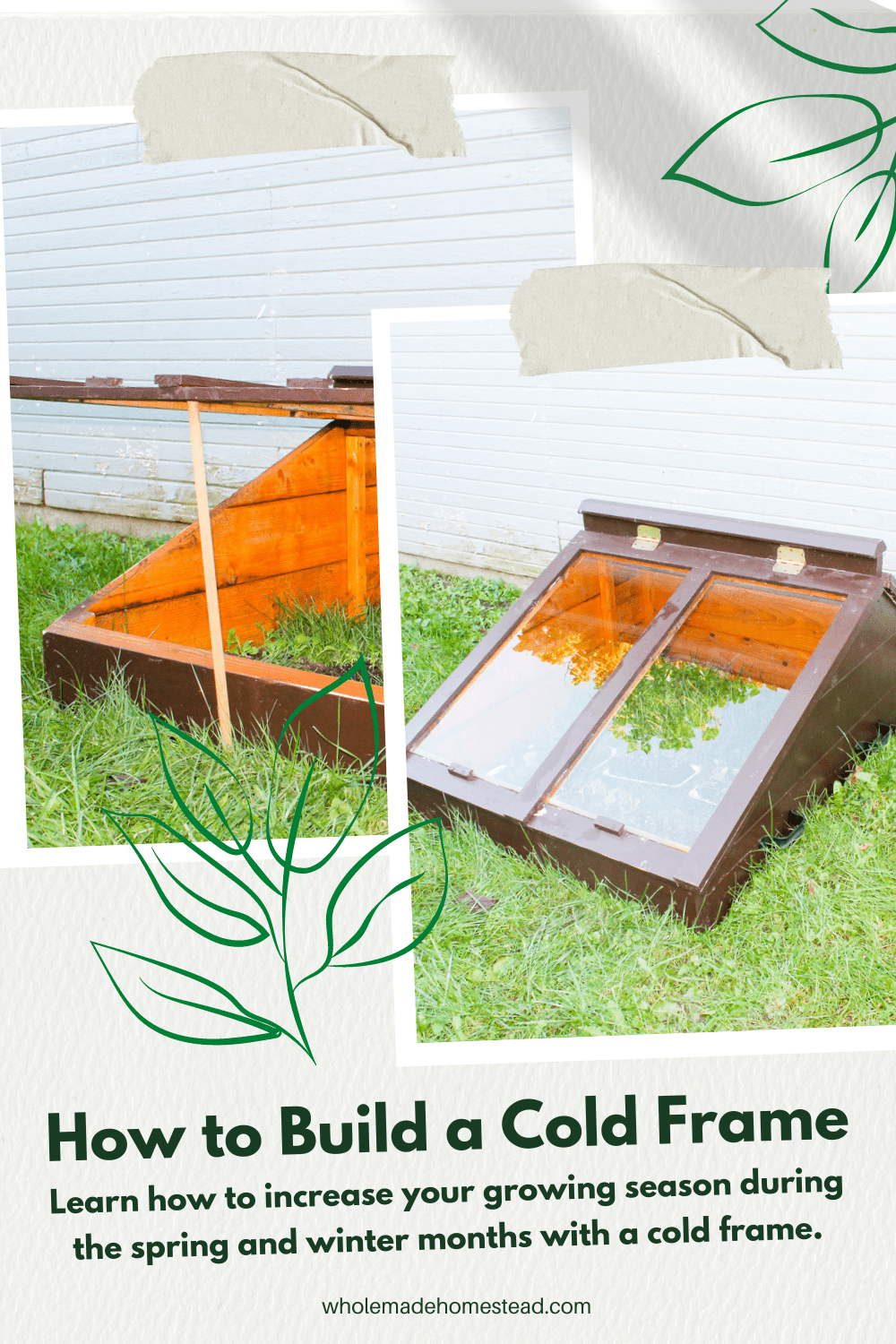






Such a great idea for those of us who aren’t able To have a large greenhouse! Plus you can use it right in your garden space!